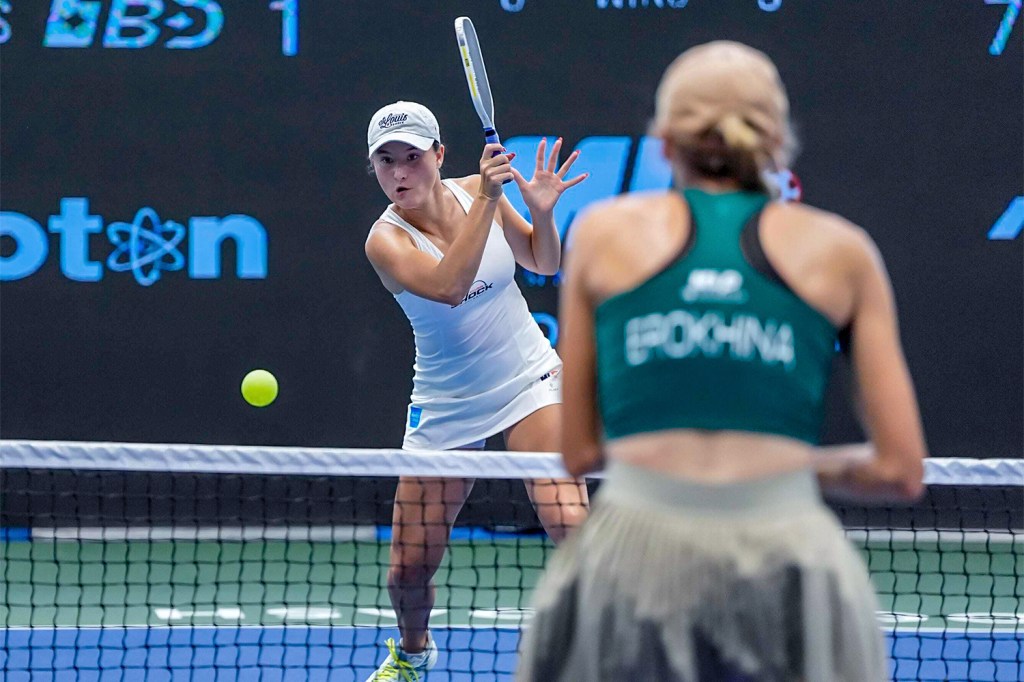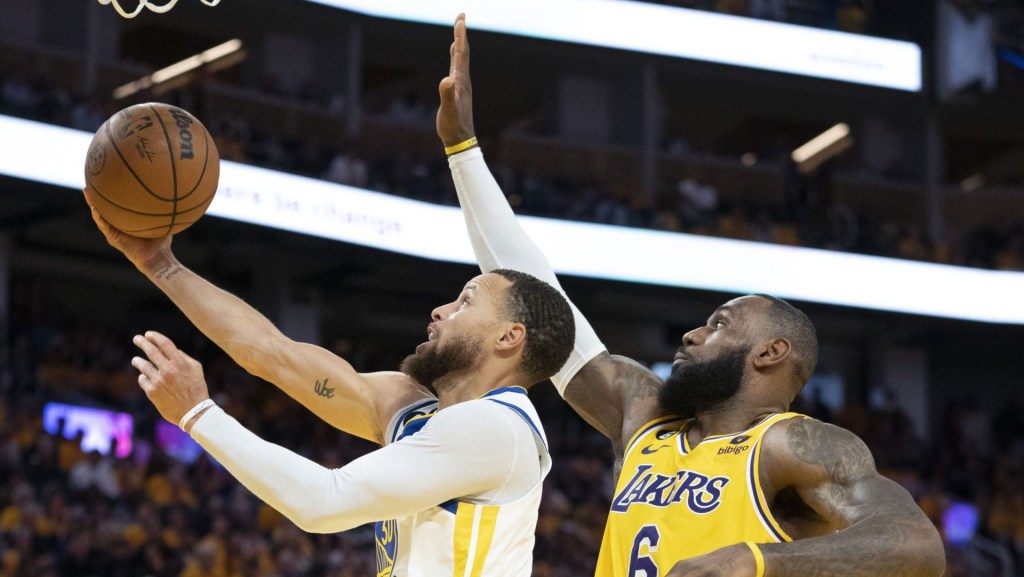
A look at what the AI technology can do. (Image via Satisfi Labs)
What if there was a solution to give you the power of communicating with your fans in their language? What if that solution could learn from all the other teams that were using it and get smarter along the way? Well, thanks to the power of AI and machine learning, there just so happens to be just the solution for a problem like that.
By making a commitment to investing in said technology through their new partnership with Satisfi Labs, Minor League Baseball is taking a step that is heralded by Kurt Hunzeker, the league’s VP of Marketing Strategy & Research, as one that, “will fundamentally change how the league and its teams do business.”
According to The Motley Fool, the AI industry is expected to grow to over $5 billion by the year 2020 and with teams like the Atlanta Falcons already deploying AI inside their team app, the potential impact for the technology in sports is only just beginning to scratch the surface.
It’s this impact that Hunzeker was intrigued by and what ultimately drew him to see what potential AI could have within the realm of Minor League Baseball, where the games are all about the experience.
[the_ad id=”14890″]
“One of the biggest obstacles facing our teams is the lack of bilingual staff who can effectively be available should the need arise,” said Hunzeker. “Not just during the game, but before the game when fans are purchasing tickets or need answers to basic questions leading up to the event. With Satisfi Labs, we were very, very, intrigued by the concept of having a virtual AI conversation tool that would effectively alleviate this issue for our clubs.”
While the impact on gameday might be evident to the fans, it’s what goes on after the fact that Don White, CEO and Co-Founder of Satisfi Labs, believes is the most valuable part of the equation.
“For us to be able to facilitate a way that the fan can search for anything they’re trying to find or buy at the game and then serve that back up to the league and say, ‘Hey, here’s how you can meet fans needs in a more efficient way.’ That’s really where AI becomes such a powerful tool and why we’re really excited about this one.”
Although MiLB won’t be rolling out the conversation tool in a team app like the Falcons did with ‘Ask Arthur’, Hunzeker is happy to start the integration of the technology through Facebook, a platform that the league sees fans engaging with teams the most.
“If it wasn’t the only option, it would still be the best option. Based on research from our teams, Facebook constantly outperforms other platforms when it comes to community size and engagement.”
But, Facebook is just the beginning as Hunzeker and the league have plans to roll the technology out in stages to what he called, “every place where the consumers are and where they are asking questions and showing intent.”
Starting with 33 teams this year and eventually expanding out to the remaining 127 MiLB teams within the next year, the system built by Satisfi Labs will only continue to grow in intelligence and capabilities thanks to the interconnectedness of the solution.
“What Minor League baseball has essentially created is a mini location-based Google for their teams and fans,” said White. “So if there is a question at one club on the west coast in New Mexico and the other teams haven’t seen that question before, the system will teach all other teams and say, ‘Hey, if someone ever asked this, I want you to know what to say.’”
So, not only can the system learn by interacting with the fans, it can learn by interacting with the respective teams and locations a tool is in. This allows MiLB to then use that data to get a holistic view of their fanbase, something they have never had before.
“What’s going to happen is we’ll be surfacing what gets distilled down to a demand curve and so we’ll sit with Kurt and the team and say, ‘Hey, although we originally built this product to focus on the bilingual customer service aspect, a lot of fans are looking to purchase jerseys and hats, and they’re looking for recommendations for gifts,” noted White. “So what’s really interesting is when you think about all the things that you type into a search engine, it gives Google a lot of information about how you operate as a person. Well, now we’re transitioning that power and giving it to the fan, but allowing the league to take action on what fans are trying to accomplish in short order.”
Want more content like this? Subscribe to our daily newsletter!
For MiLB, an organization that wants to reach 50 million fans by 2026 – effectively two percent growth annually until 2026 – it’s this type of knowledge that could go a long way in helping them not only reach it, but smash right through it.
“If you break it all down to the least common denominator, there are really two ways we can go about this,” said Hunzeker. “One is if you do the math, a two–percent difference is where our Hispanic and Latino fan engagement initiative comes into play and were this tears down a barrier that prohibited our clubs from engaging that audience. Two, If we can convince roughly five and a half to six percent of our unique attendee base to go to one more game or bring a friend to one game that’s two percent growth right there.”
Whether it’s using the tool to better engage the Hispanic and Latino fan bases of many clubs, or using it to serve relevant marketing materials to fans in order to get them to come back to games, it gives the league an opportunity to truly know more about its fans than it ever has before.
“What’s really interesting is a lot of planning right now about fan interests and experiences are based on surveys that touch 2% of fans,” said White when talking about gauging potential fan interests. “On average, we engage 20 to 30 percent, sometimes up to 70 percent, of fans on mobile apps at a game. Imagine having a one on one conversation with half your fanbase digitally where all the information was organized into actionable steps. We’re taking a lot of guts and theory out of how to really make a fan experience better and using hard data to tell teams how to do it.”
Not only does MiLB now have the power to deliver for fans who don’t speak English, they can use the newfound data to create an even better fan experience, and one that they hope helps them rocket past 50 million visitors sooner rather than later.

















